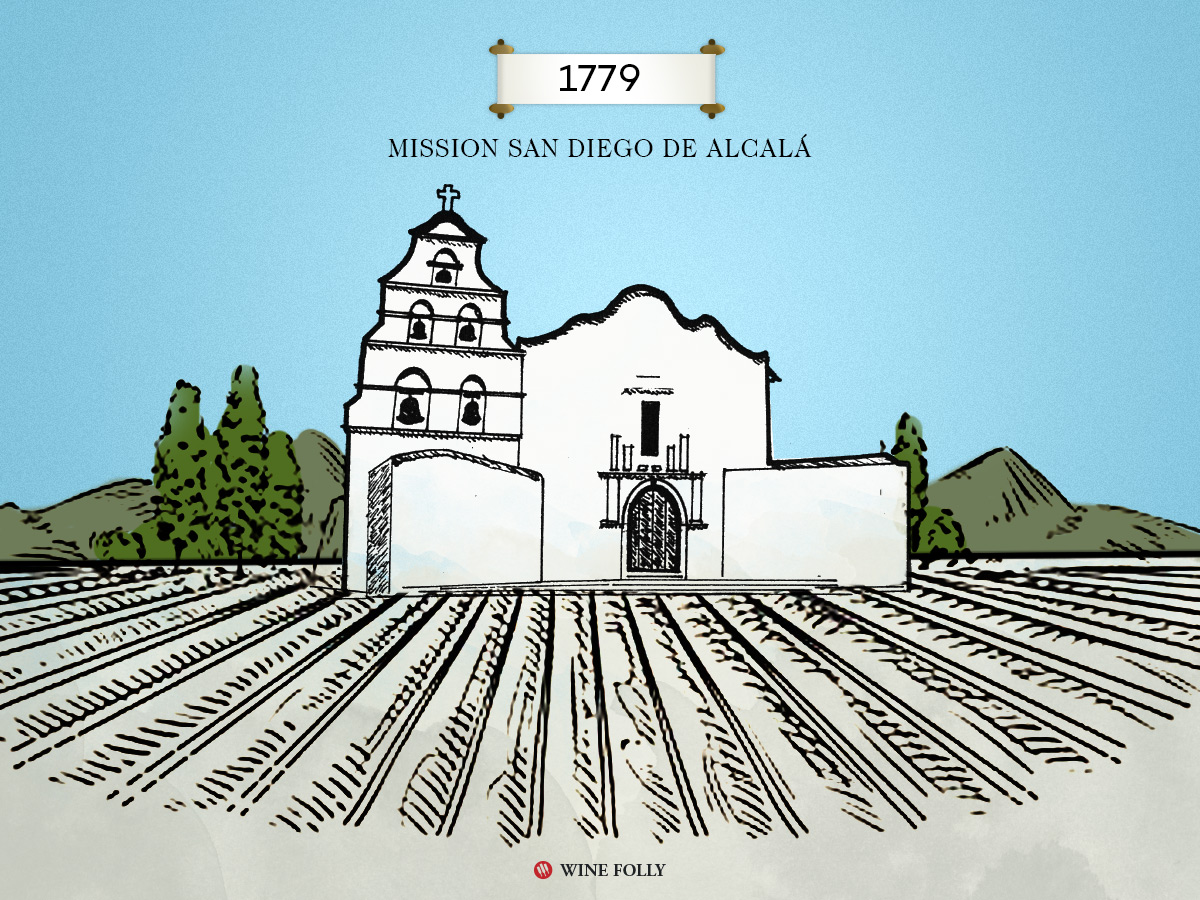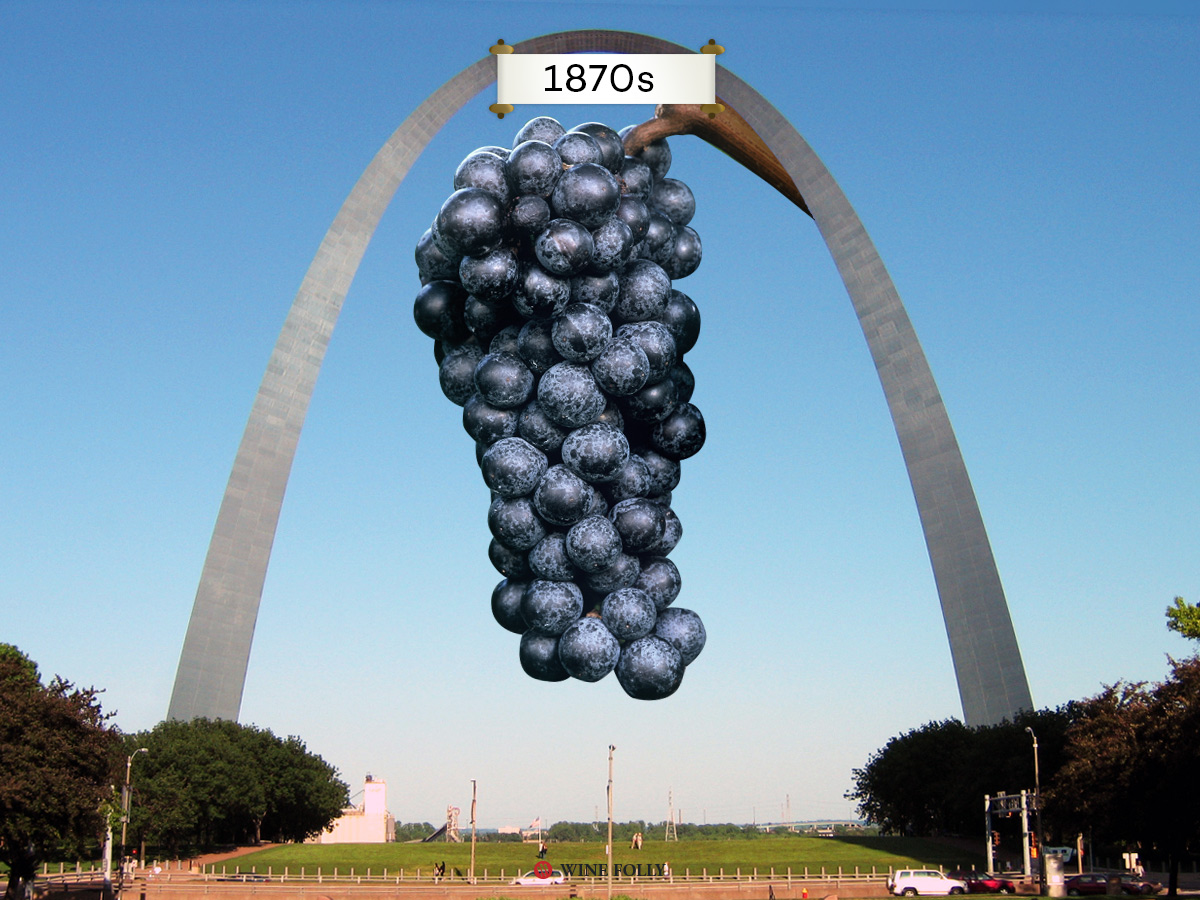We may not always be proud of the political affairs in the US, but we can be proud (and thankful) for all the Americans and American Immigrants who created this great nation of wine. Take a moment to appreciate the history of some of the United States’ firsts in wine.
Firsts in American Wine
1565
The first wine to land on US soil. The Spanish crown funded many expeditions to the New World during the “Age of Exploration,” and voyagers like Christopher Columbus and Ferdinand Magellan began their journeys at Spanish ports like Sanlúcar de Barrameda and Cádiz. Stocking up on the wine from the area was a necessity. In all likelihood, Sherry was the first wine brought to American soil when Pedro Menéndez de Avilés landed with a Spanish expedition in Florida on September 8th, 1565.

1619
The first legislation for wine in the US. England wanted wine from its American colony. At the first legislative assembly of the New World, the House of Burgesses passed Acte 12, requiring every male household in Virginia to plant 10 vines of imported vinifera grapes for the purpose of growing and making wine. They’d figured out by then that the native grapes (muscadine and scuppernong) didn’t make great wine. One overachieving settler, John Johnson, surpassed the requirements of the law, planting 85 acres. That land now belongs to Williamsburg Winery, and they produce an Acte 12 Chardonnay in honor of the law that started it all.
1779
The first grapes planted in California. Franciscan missionaries planted California’s first vineyard at Mission San Diego de Alcalá. Spanish Father Junipero Serrra planted a varietal now known as the Mission grape (aka Listán Prieto) that dominated commercial viticulture in California until the 1880s. In 1833, the first documented European vines were planted in Los Angeles by Jean-Louis Vignes, the state’s first commercial wine maker. It wasn’t until the Gold Rush that vines were planted in Northern California, including vines in Napa and Sonoma counties.

This painting hangs in the east stairway in the House wing of the United States Capitol and is signed l.r. Howard Chandler Christy, Sail Loft, U.S. Navy Yard, Washington, D.C., April 1940
1787
The first wine enjoyed after the signing of the constitution. On September 17, 1787, the signing of the Constitution was celebrated with a glass of Madeira (we know you had one John Adams!). While we’re not sure which style of Madeira it was, the variety was likely a sweet Malmsey (or Bual) that aged in barrels on its journey to America.
1870s
The first time Missouri and American grapevines save the wine world. In the 1870s German immigrant, George Husmann, and other Missourian grape growers, shipped millions of American grape cuttings to France and other European countries to save vineyards that had been infected with phylloxera. Husmann, founder of Hermannhof Winery, is known as the father of the Missouri wine industry. Don’t laugh. Missouri was the nation’s second largest wine producer before Prohibition. New York was number one.
1920–1933
The first wines legally sold during prohibition. During Prohibition wine was scarce, but a few bottles, including Ruffino’s Chianti, were sold at US pharmacies as “anti-stress remedies.” Wine really is the best medicine.

In 2005, Alex Verhave created this photomural, “Judgment of Paris.” The mural was created with Diller Scofidio + Renfro for the exhibition “How Wine Became Modern: Design + Wine 1976 to Now,” SFMOMA.
1976
The first time American wines impressed the French. In the 1976 Judgement of Paris, California wines stunned French judges in a blind tasting organized by British wine expert, Steven Spurrier. A 1973 Chardonnay by Miljenko “Mike” Grgich at Chateau Montelena Winery took first prize in the white category, beating France’s best white Burgundies. Mon Dieu! On the red side of the equation, 1973 Stag’s Leap Wine Cellars Cabernet Sauvignon won top honors.
30 years later, the number of California wineries more than quintupled (from 330 to 1,689) and account for most of the $643 million in yearly US wine exports.

Boris Yeltsin and red-faced Bill Clinton giggle-boxing together Photo Wally McNamee/CORBIS
1996
The first American Riesling to “save the world.” President Bill Clinton and Russia’s President Boris Yeltsin held a summit at Hyde Park on the Bosnian Missile Crisis. Clinton ordered several cases of 1994 Dry Riesling from Dr. Konstantin Frank winery for the occasion. When the two men went into the room, tensions were high. But after several hours (and likely several bottles of Riesling), both men left the room with smiles on their faces, shaking hands. The team at Dr. Frank’s can’t help but feel that their Dry Riesling helped secure diplomatic union between the two countries and avert a potential global crisis.



